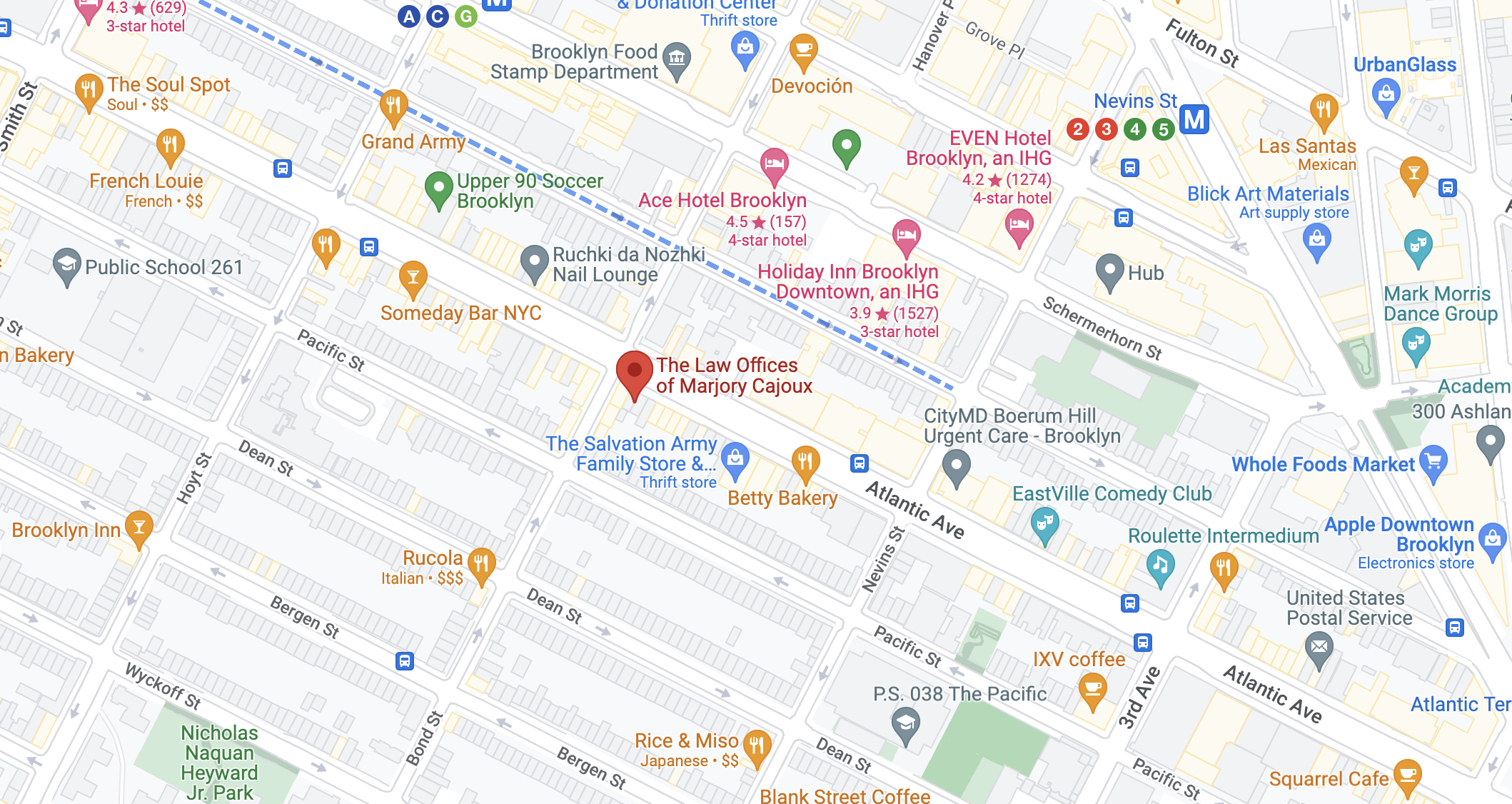June is Immigration Heritage Month, a celebration which formally commenced in 2014. It is a time to celebrate diversity and the many contributions immigrants have made toward our shared American heritage. The celebration seeks to give immigrants and refugees in our country the opportunity to explore and celebrate their background as well as to create awareness of how diversity and immigration are essential elements of our social fabric. Today, we’ll be discussing the history of Immigration in New York City, the immigration processes, and the current Immigration plans that the Biden-Harris administration is working to uphold.
From the 1850s through the early 1900s, thousands of immigrants arrived and settled in New York City. New York is often considered one of the greatest cultural hubs of America, having welcomed immigrants long before the days of Ellis Island. Immigrants now account for nearly one-quarter of the state’s total population and make up more than one-fourth of its labor force. New York has served as a main port of entry for many immigrants, and its cultural and economic influence has made it one of the most important urban areas in the United States and the world. As neighbors, business owners, taxpayers, and workers, immigrants are an integral part of New York’s diverse and thriving communities and have made extensive contributions that benefit all.
To immigrate to the United States means to relocate permanently by obtaining a green card (officially known as an “immigrant visa” or “lawful permanent residence”). A green card allows unrestricted employment and can be renewed indefinitely at ten-year intervals. It also provides a pathway to U.S. citizenship. There are several types of green cards someone can be eligible for, including the following:
Type of U.S. Visas
- Family-based green cards
- Employment-based green cards
- Humanitarian green cards
- Diversity lottery green cards
- Long-time resident green cards
- Other green cards
Most green card applications require the beneficiary to pass:
- A background check, for which may require police reports from places you’ve previously lived and questions about prior convictions, if applicable.
- A medical exam, which contains questions concerning prior history of mental health, use of drugs and alcohol, and communicable diseases if any
There may also be other requirements based on the specific visa being applied for. The cost of applying for a family-based green card is approximately $1960 for an applicant living in the United States or around $1400 for an applicant living abroad. This includes mandatory U.S. government fees, which are nonrefundable, plus the typical cost of the required medical examination.
The application process you’ll follow will depend on where you currently live:
- Living in the United States: If you are already living in the United States, you will most likely be able to remain in America while filing your application and waiting for it to be processed. This process is called an Adjustment of Status.
- Living Abroad: If you are living outside the United States, you’ll usually file your green card application from your home country and remain there while it’s processed by your local U.S. embassy or consulate. This is called consular processing.
The length of time it takes to get a green card can vary significantly depending on the circumstances of your case. One way to keep your processing time to a minimum is to ensure you file your application and supporting documents correctly on your first try. The likelihood of such an accomplishment typically increases if assembled by a licensed attorney.
As we transition towards the present, we would like to take the time to highlight what the Biden-Harris administration has planned for Immigration. Team Biden-Harris has outlined drastic reforms to some of the policies implemented by former President Trump. The plan was to begin modifications as early as his first 100 days in office. It is important to keep in mind that these adjustments need time and will not happen immediately. Here are the changes we can expect to see:
- 2021 Foreign Business Owners and Immigration
- The COVID-19 pandemic placed restrictions on visa issuance and a ban was placed on H1-B Visas. The restraints placed on visas include having to pay foreign businesses and those that employ foreigners, but there could be changes to this under the Biden-Harris Administration.
- Visa Changes
-
- The H1-B visa program is one of the most popular visa programs, but it has an annual numerical cap and is currently up for discussion. Elimination of the H1-B lottery can make it difficult for businesses to bring in highly skilled foreign talent. E2 Visas are also popular for foreign entrepreneurs, but also require a tedious petitioning process, and donating does not guarantee that you’ll receive a visa.
-
- A Pathway to Citizenship
- Joe Biden’s immigration bill which was announced on Inauguration Day would put illegal immigrants into the protected status and a five-year pathway to a green card. A pathway to citizenship–not just legal status–for illegal immigrants has been a top agenda item for immigration activists for decades now. Given that Democrats have control of the White House, and the Congress, that could now be in sight.
Across each generation throughout our history, wave after wave of immigrants have enriched our Nation and made us better, stronger, more innovative, and more prosperous. We are a nation of immigrants. It’s a source of strength and something we take pride in. We at The Law Offices of Marjory Cajoux honor the accomplishments and role of immigrants in shaping U.S. history and culture.





